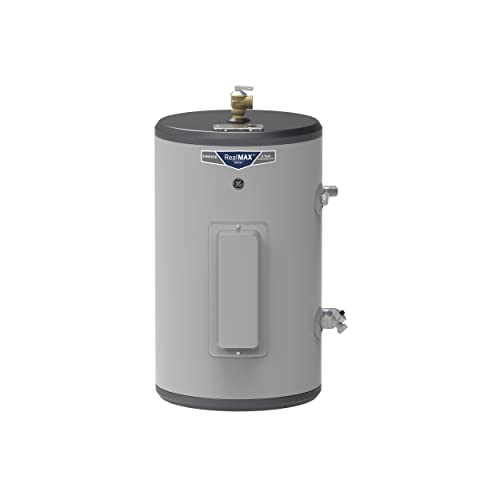Mitchell-DIY-Guy
Well-Known Member
This is a question for our pros with natural gas line experience. First be reminded that a licensed plumber will be called in to do the work here. So my question is to help understand and follow what he may propose.
I have a multiple pressure natural gas system in the home here. I have what looks like a ⅝" or so (I'm guessing) 2 PSI main line coming in from the meter. It goes to a split manifold with regulator in the middle, where several smaller lines emerge at both 1 PSI and 2 PSI. Every device has a regulator near the termination point. So, right before the stub out for my gas grill, there's a regulator. There's a regulator at the stub out in the garage that the water heater is connected to.
I want to have a stub out on the side of the house to feed a natural gas powered generator. The manufacturer of the generator gave these wide specifications (with no BTUs given) of ".2-.4 PSI, 6-12 inches WC". Seems to me that is a massively wide range of gas power. The ideal situation is to put a TEE before the water heater regulator, run a pipe through the garage wall, and stub out. I need to ensure that this gas line before the regulator can deliver enough gas for the generator and the water heater, a standard 50 gallon, 40K BTU model. I don't know what the pressure or WC requirements are for a 40K BTU water heater.
I am assuming any plumber qualified in gas can measure the gas available at the wall in the garage, and affix the proper regulators to do just that? Maybe it means changing the connection point of that line from a 1PSI to 2PSI source, as both are available.
Am I missing anything in my understanding?
I have a multiple pressure natural gas system in the home here. I have what looks like a ⅝" or so (I'm guessing) 2 PSI main line coming in from the meter. It goes to a split manifold with regulator in the middle, where several smaller lines emerge at both 1 PSI and 2 PSI. Every device has a regulator near the termination point. So, right before the stub out for my gas grill, there's a regulator. There's a regulator at the stub out in the garage that the water heater is connected to.
I want to have a stub out on the side of the house to feed a natural gas powered generator. The manufacturer of the generator gave these wide specifications (with no BTUs given) of ".2-.4 PSI, 6-12 inches WC". Seems to me that is a massively wide range of gas power. The ideal situation is to put a TEE before the water heater regulator, run a pipe through the garage wall, and stub out. I need to ensure that this gas line before the regulator can deliver enough gas for the generator and the water heater, a standard 50 gallon, 40K BTU model. I don't know what the pressure or WC requirements are for a 40K BTU water heater.
I am assuming any plumber qualified in gas can measure the gas available at the wall in the garage, and affix the proper regulators to do just that? Maybe it means changing the connection point of that line from a 1PSI to 2PSI source, as both are available.
Am I missing anything in my understanding?


















